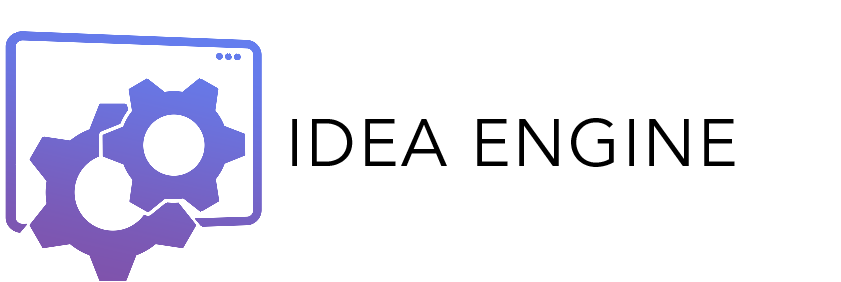Regardless of the type of marketing campaign you use to draw traffic and visitors towards your website, it’s important to remember that where they end up in their journey towards your checkout page is crucial for customer engagement.
When properly designed and implemented, landing pages can deliver incredible rates of conversion, maximising the number of inbound leads you draw towards your business, which lead to the goldmines of any company – profit and growth.
Unfortunately, though most people understand the value of a good landing page, they still don’t know how to transform their own resources into high-performance sources of success. With landing page design, both visual and textual content needs to come together in perfect unison to work towards a combined goal: conversion.
Following are just some of the best tips and tricks when it comes to optimising your conversion rate.
Optimise Your Page for Search
SEO is one of the most important things that you can do for your business if you want to be seen and heard online. After all, without a consideration of search engine behaviour and keywords, it would be impossible to rank high enough in search results to engage the widest possible audience.
You might use social media marketing, PPC search and other forms of advertising as a way of driving extra attention to your website, but that doesn’t mean that you should simply ignore SEO. The truth is that most searchers will automatically click on an “organic” result far more often than promoted results.
Optimising your landing page with keywords throughout – from the headings to meta-descriptions, will keep the traffic moving towards your page on a more organic level.
Get Rid of Irrelevant Content
Although it’s been proven that “less is more” when it comes to landing page etiquette, many businesses and web-managers still attempt to stuff as much information as possible into each page they have – regardless of how cluttered the layout ends up looking.
Before you embarrass yourself, take a look at the essential elements included within your landing page, then carefully remove anything and everything you don’t absolutely need. Once you’ve completed your first purge, do it again until you’ve absolutely distilled every aspect of your page down to its core elements.
The less noise you have on your page, the easier it will be for visitors to understand exactly what you’re asking them to do.
Advertise Privacy, Security, and Reputation
The chances are that if you want a visitor to convert on your website, you’re going to need them to hand over some personal details for products, subscriptions, services, or even content. In an age where serious data breaches seem to be happening all of the time, it’s crucial to help your consumers feel secure when browsing your website.
Make sure you underline exactly what will happen to all of the data that they enter, and ensure that your website looks authentic and reputable throughout. One flashy, irrelevant graphic could be enough to convince your customer that you’re not trustworthy enough to shop with.
Keep in mind that including certifications across your shopping cart and product pages could help to give your audience more faith in what you’re offering.
Have A Safe Landing
The truth is that most techniques used in inbound marketing utilise landing pages as a destination for a number of digital touchpoints – regardless of whether visitors are drawn in by search, email campaign, display banners, or social opportunities. Your landing page is your opportunity to make a lasting and meaningful first impression.
According to industry research, most conversion rates for landing pages are between 2-5%, but your level of success depends entirely on your audience, what you have to offer, and the voice you use to address your market.

